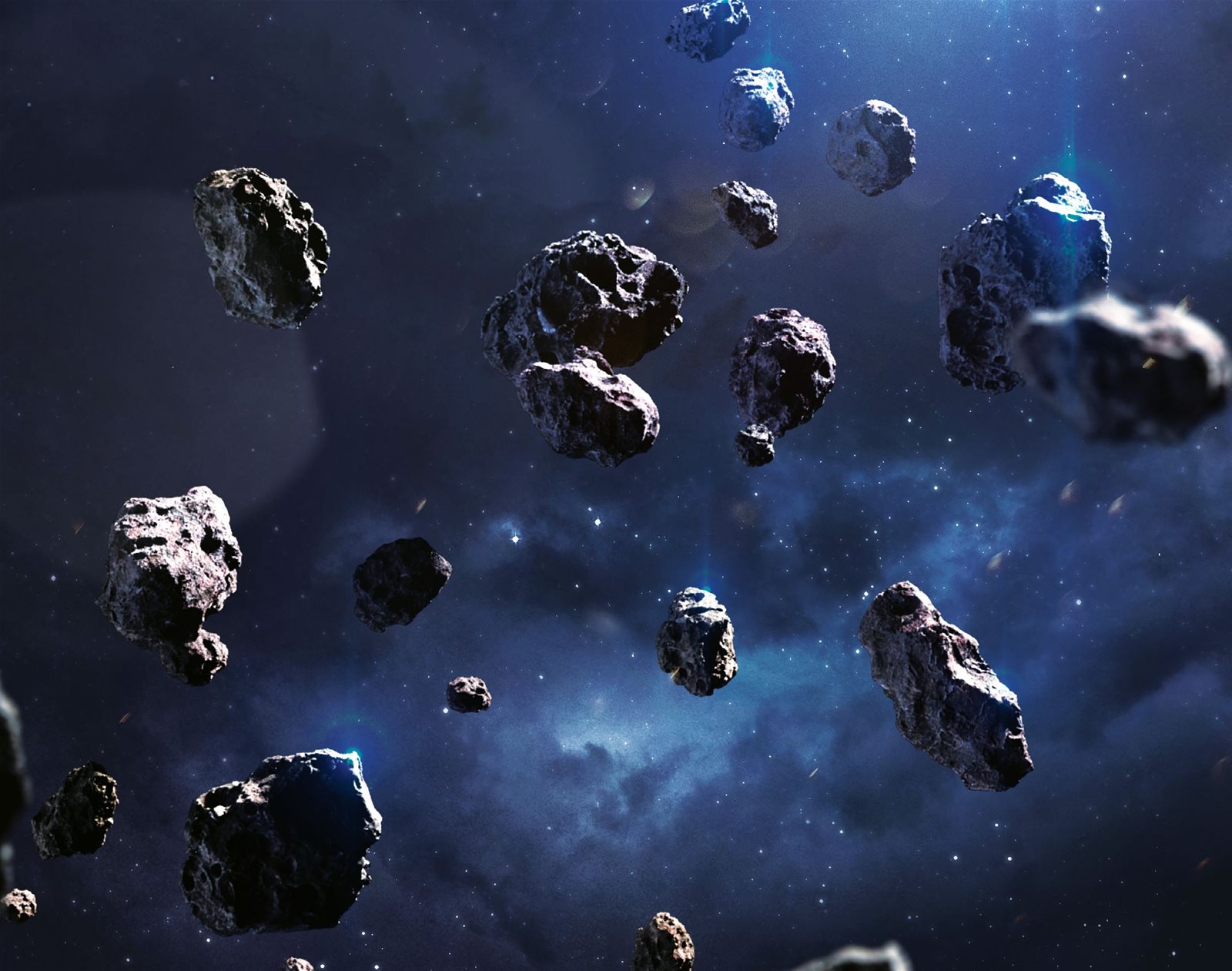GLOBAL EYE
Showcasing the incredible world we live in

Artificial intelligence trained by citizen scientists helped uncover more than 1,000 new asteroids from old Hubble photos
Over 1,000 never-before-seen space rocks have been discovered after
secretly photobombing images of the cosmos for decades. A
combination of artificial intelligence and citizen scientists helped uncover the asteroids hiding in archival photos from the Hubble Space Telescope. Our cosmic neighbourhood is littered with asteroids of varying size. Scientists have already discovered more than 1.3 million of the space rocks, most of which lie in the asteroid belt between Mars and Jupiter. There are likely hundreds of thousands – if not millions – more asteroids waiting to be discovered. However, these remaining space rocks are likely the smallest and therefore faintest bodies in the Solar System, which makes them very hard to spot.
In a new study, researchers highlighted 1,031 previously uncategorised asteroids from archival Hubble data. They were identified by artificial intelligence (AI) that was trained by thousands of citizen scientists to spot faint streaks of light left behind by the tiny space rocks. “We were surprised to see such a large number of candidate objects,” said Pablo García-Martín, a researcher at the Autonomous University of Madrid in Spain. Although these asteroids were discovered randomly, their projected orbits suggest that most of them belong to a single population within the asteroid belt, which makes them even more valuable to researchers. “There was some hint that this population existed, but now we are confirming it,” García-Martín said. “This is important for providing insights into the evolutionary models of our Solar System.”